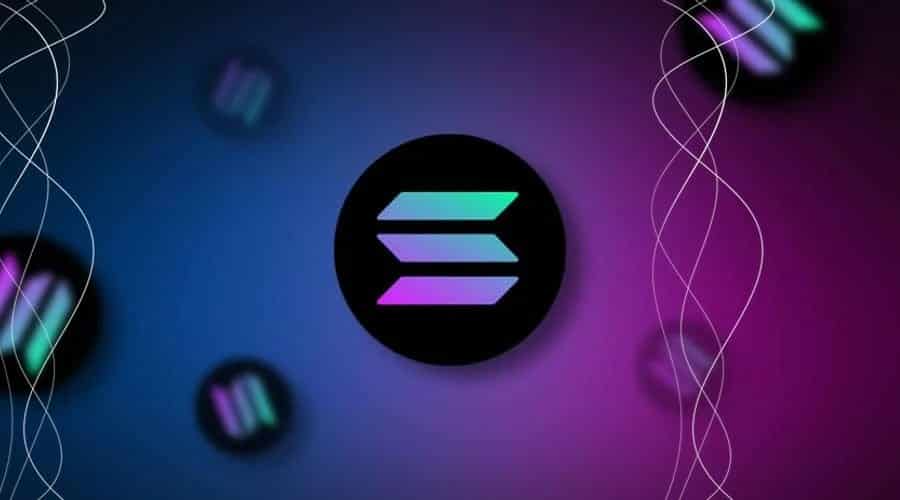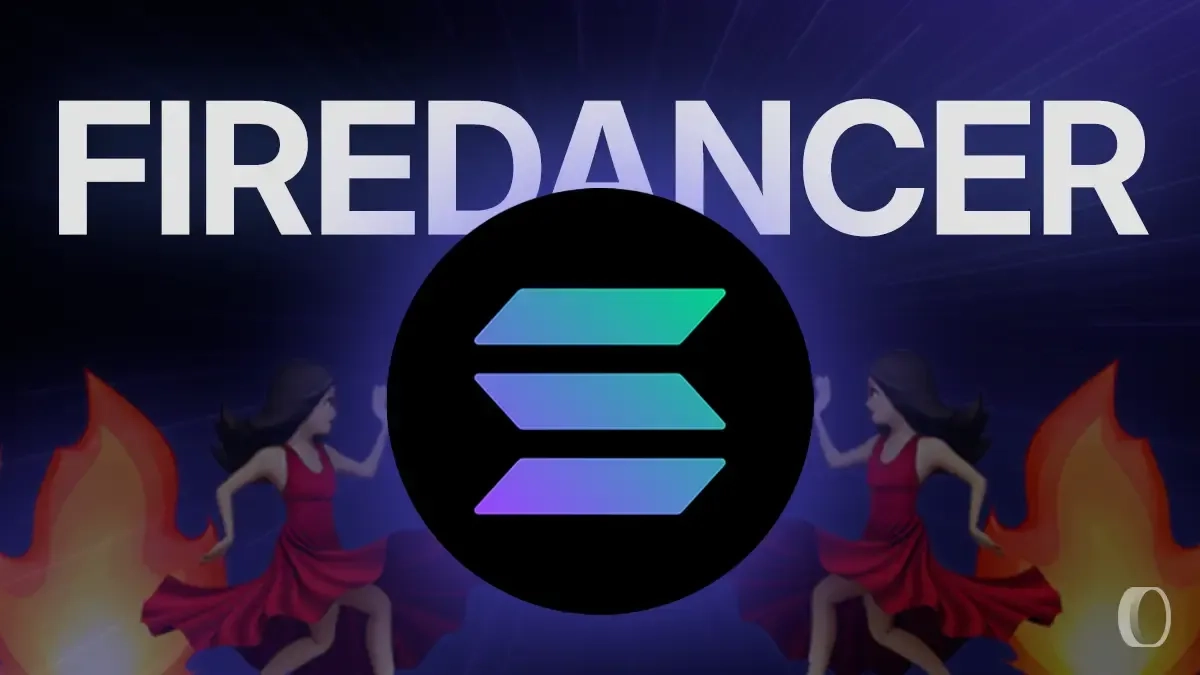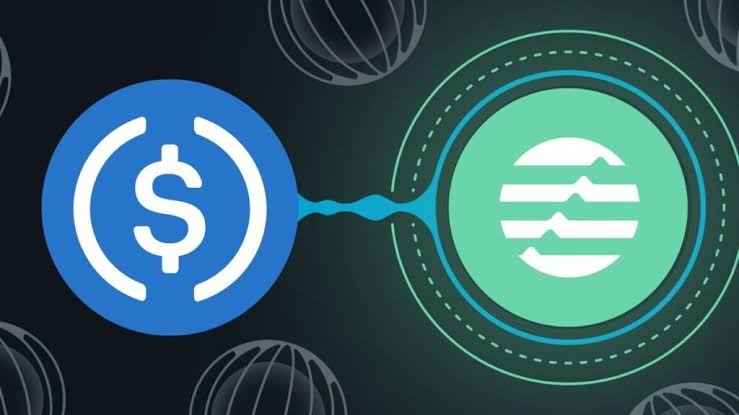Among the most ambitious blockchain initiatives, Firedancer represents Solana’s fresh will to challenge transaction speed and efficiency.
Blockchain systems struggle everywhere with the “scalability trilemma”—achieving great throughput without sacrificing decentralization or security. Many networks find that accelerating transactions causes weaknesses or a loss of autonomy, therefore restricting their performance potential. But Solana wants to burst through this barrier, and Firedancer is a fundamental part of that goal.
Examining Solana’s aspirational target of one million transactions per second (TPS), this paper explores Firedancer. By means of its parallel validator design, Firedancer could extend blockchain technology’s possibilities and establish a new benchmark for industry performance and robustness.
- 1 The Problem of Scalability in Blockchain
- 2 Introducing Firedancer: Solana’s Parallel Validator Architecture
- 3 Inside Firedancer: The Technology and Architecture
- 4 The 1 Million TPS Ambition
- 5 Benefits of Firedancer for the Solana Ecosystem
- 6 Potential Challenges and Limitations
- 7 Conclusion
- 8 FAQs
The Problem of Scalability in Blockchain
Scalability has becoming a major problem across the sector as demand for quicker, more reasonably priced blockchain solutions rises.
Maintaining decentralization and security drives blockchain networks to have major transaction processing congestion, especially in relation to.
Consensus systems on conventional distributed networks might slow down transaction rates, so making it challenging to attain low prices and high throughput at the same time.
This difficulty is fundamental in the reason creative ideas like Firedancer are absolutely essential for the upcoming blockchain systems.
But with its special consensus process, which allows significantly faster transaction speeds than many other blockchain systems, Solana already has a competitive advantage.
Even Solana’s remarkable speed may not be sufficient to satisfy future demand, though, as blockchain adoption quickens.
Here’s where Firedancer is useful. By stretching Solana’s capabilities even farther, Firedancer hopes to satisfy the expected demand for vast transaction processing capability, therefore enabling a scalable, reasonably priced, and very efficient blockchain.
Introducing Firedancer: Solana’s Parallel Validator Architecture
Firedancer is a pioneering parallel validator client born from a collaboration between Solana Labs and Jump Crypto.

This client is designed with one primary mission: to drive Solana’s blockchain toward unparalleled levels of performance by addressing issues of latency and transaction processing limits.
By implementing parallel validation, Firedancer maximizes Solana’s scalability potential, enabling the network to support rapid growth and handle a substantial volume of transactions without bottlenecks.
The name “Firedancer” encapsulates the spirit of speed and agility that defines this project. Much like the image of dancing through fire, Firedancer exemplifies high-speed, seamless processing in a complex environment.
Its parallel architecture is built to keep pace with demand and navigate challenges, making it a vital asset in Solana’s pursuit of blockchain innovation.
Inside Firedancer: The Technology and Architecture
Firedancer introduces a powerful use of parallel processing to Solana’s blockchain, setting it apart from the network’s existing validator architecture.
In the context of blockchain, parallel processing allows multiple transactions to be validated simultaneously rather than sequentially.
This is where Firedancer stands out—by distributing validation tasks across various processes, it can achieve far greater transaction throughput compared to traditional architectures.
Firedancer’s parallel validator architecture is designed to optimize task distribution, enabling different parts of the validation workload to run concurrently.
By “pipelining” these tasks and balancing the load across multiple processes, Firedancer efficiently reduces bottlenecks, ensuring that transaction flow remains uninterrupted even during high-demand periods.
Built in C/C++ for optimized performance, Firedancer leverages low-level programming to maximize resource management and execute tasks at unprecedented speeds.
This careful attention to optimization gives Firedancer a unique edge, enhancing both speed and efficiency while providing the scalability Solana needs to meet future demands.
The 1 Million TPS Ambition
The goal of achieving 1 million transactions per second (TPS) with Firedancer is central to positioning Solana as a global, mainstream financial infrastructure.
This ambitious figure would enable Solana to support large-scale applications across DeFi, gaming, NFTs, and more, all while avoiding congestion and lag.
By reaching 1 million TPS, Firedancer could empower the Solana blockchain to handle the heavy traffic that mainstream applications demand, rivaling traditional financial networks in speed and reliability.
Currently, Firedancer is advancing toward these benchmarks, with promising performance milestones already achieved.
Projections show that Firedancer’s unique parallel processing and load distribution could potentially outperform other blockchain solutions like Ethereum’s Layer 2 scaling or Polkadot’s parachains, which also aim to increase transaction throughput.
By setting a new standard in transaction speed and scalability, Firedancer is poised to make Solana one of the most robust and efficient platforms in the blockchain ecosystem.
Benefits of Firedancer for the Solana Ecosystem
Firedancer brings a multitude of advantages to the Solana ecosystem, primarily enhancing resilience, speed, and security. Here are the key benefits:
- Enhanced Resilience and Decentralization: As a second, independent validator client, Firedancer strengthens network robustness by preventing a single point of failure.
This redundancy ensures that if one client encounters issues, the network remains operational, contributing to Solana’s decentralization and reliability.
- Reduced Latency and Lower Costs: Firedancer’s parallel architecture significantly reduces processing times, allowing Solana transactions to be faster and more cost-effective.
With concurrent task execution, Firedancer ensures that Solana can process more transactions while keeping fees low, which is crucial for its competitive edge.
- Improved Security: By introducing an alternative validator client, Firedancer enhances network security.
This dual-client structure makes it more difficult for malicious entities to disrupt or control network processes, thereby strengthening the overall security of Solana.
- Scalability: Firedancer increases Solana’s ability to scale efficiently, accommodating more users and applications without sacrificing performance.
This scalability ensures that Solana can handle future demands as its ecosystem grows.
- Ecosystem Growth: With faster transaction speeds and lower fees, Firedancer helps create an environment conducive to the growth of diverse applications, including those in DeFi, gaming, NFTs, and beyond, ensuring that Solana remains a preferred blockchain platform for developers and users alike.
Potential Challenges and Limitations
While Firedancer offers tremendous potential, there are several challenges and limitations to consider:
- Technical Complexity: Implementing and maintaining Firedancer’s complex parallel architecture in a decentralized environment presents significant technical challenges.
Coordinating multiple independent processes across the Solana network demands intricate design and constant maintenance to ensure performance and reliability.
- Adoption and Integration: Encouraging validators to adopt Firedancer over or alongside existing Solana validators could be a hurdle.
Validators would need to allocate resources and time to integrate Firedancer, which may involve a learning curve and initial setup costs.
Convincing the broader Solana community to adopt a new validator client could take time, especially if existing infrastructure is already stable.
- Performance Trade-offs: The high-performance demands of Firedancer may introduce trade-offs, such as increased energy consumption or higher hardware requirements.
To handle the parallel processing needed for scalability, Firedancer could require more advanced hardware, which may raise operational costs and limit accessibility for some validators. These factors may present barriers to widespread adoption.
Conclusion
All things considered, Firedancer offers the Solana blockchain a revolutionary development. Its parallel validator architecture is meant to reach the aspirational 1 million transactions per second (TPS), hence improving Solana’s scalability, speed, and decentralization.
Firedancer is positioned to lead in high-performance blockchain solutions with its ability to substantially lower latency and expenses.
Looking ahead, Firedancer’s next benchmarks most likely will center on more optimization, scalability, and acceptance by Solana’s validator community.
Firedancer may alter Solana’s function in the larger blockchain ecosystem as it develops, therefore impacting other projects looking at such designs.
FAQs
What does Firedancer mean for Solana?
Aiming to reach 1 million transactions per second (TPS), Firedancer is a major invention for Solana meant to improve the scalability and performance of the blockchain.
It is a big step toward Solana being a worldwide financial infrastructure since it offers a parallel validator architecture that lowers latency, boosts transaction speeds, and meets the rising needs of Solana’s ecosystem.
How does Firedancer work?
Using parallel processing to increase speed and efficiency, firedancer operates by spreading validation chores among several systems. It divides difficult chores into smaller pieces so that transaction validation may be done faster and more effectively.
This strategy guarantees Solana can manage more transactions with minimum delays and helps clear congestion.
Who is developing Firedancer?
Solana Labs and Jump Crypto are developing Firedancer in concert. By means of a high-speed validator client meant to satisfy the needs of the expanding Solana network, the collaboration seeks to push the limits of blockchain performance.
Is Firedancer live on Solana?
Firedancer is currently under construction as of yet and not live on Solana’s mainnet. Still, it shows encouraging development and should be used in line with Solana’s continuous network expansion initiatives to raise transaction processing speed in not too distant future.



